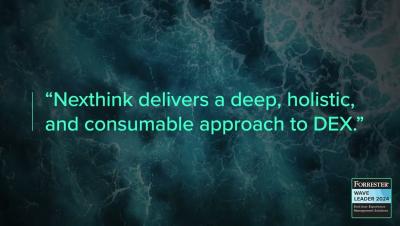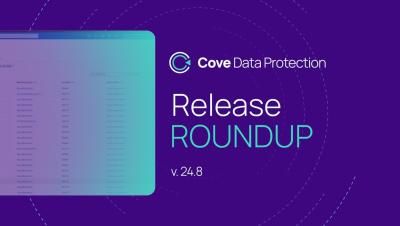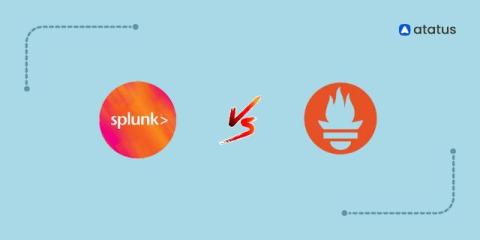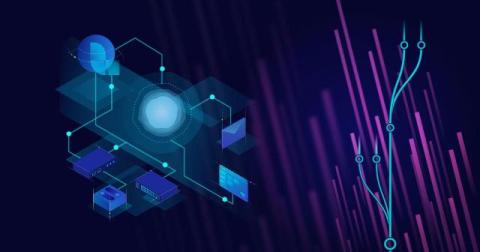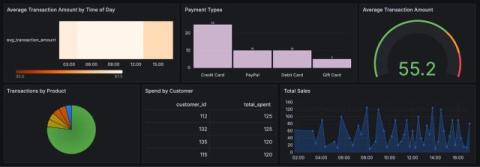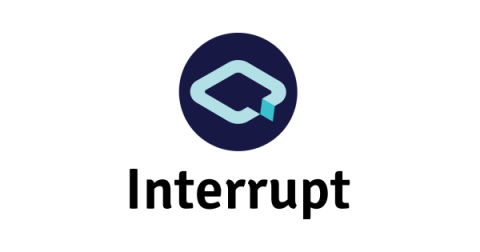Nexthink is a Leader in the Forrester Wave
We’re thrilled to announce that Nexthink has been recognized as a Leader in the Forrester Wave: End-User Experience Management Solutions, Q3 2024 report! To us, this recognition underscores our commitment to excellence in digital employee experience and our innovative solutions that keep your workforce productive and engaged. Dive into the report to see why Forrester positioned us as a Leader and how we see Nexthink continuing to transform digital workplace strategies.


